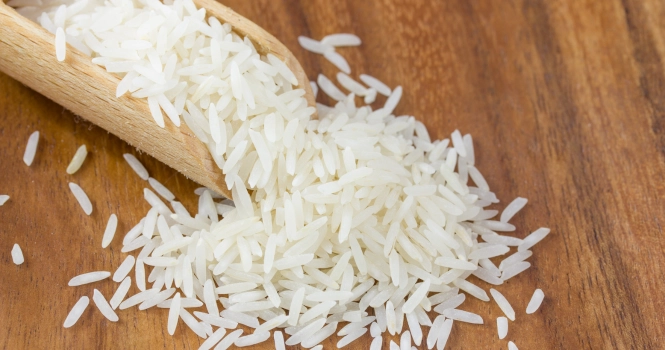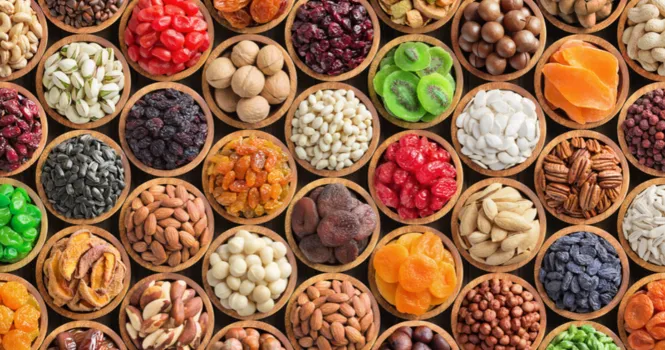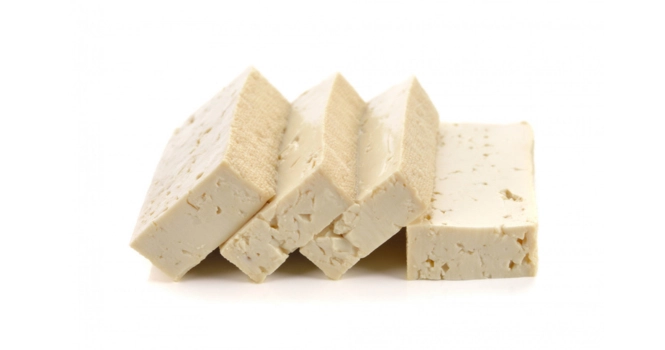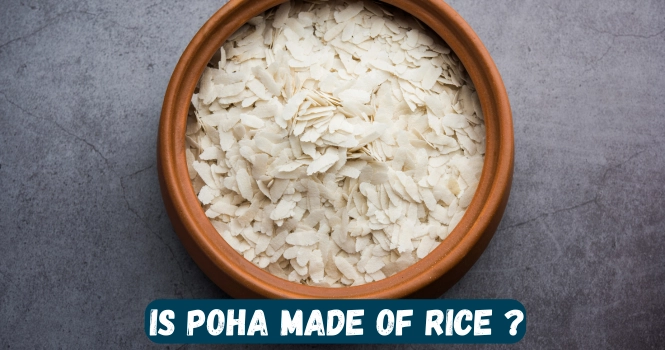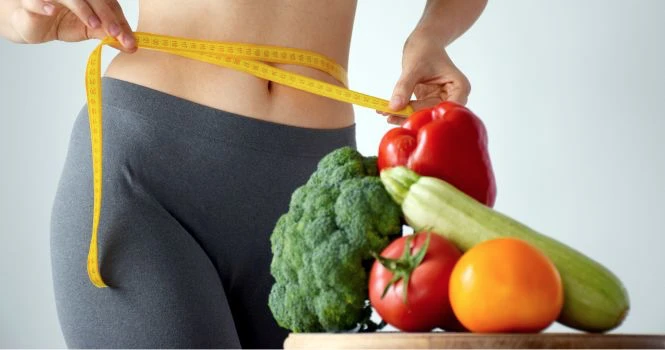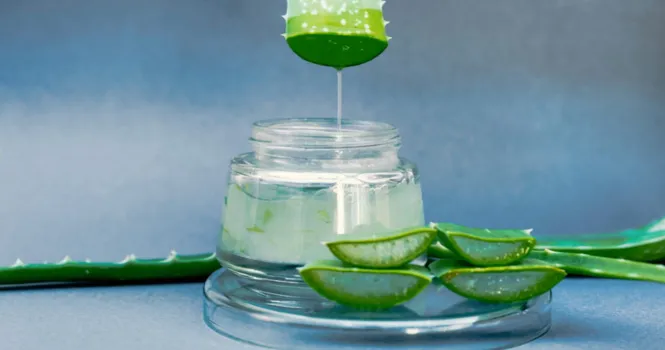Calories in Idli: Nutrition Facts and Health Benefits
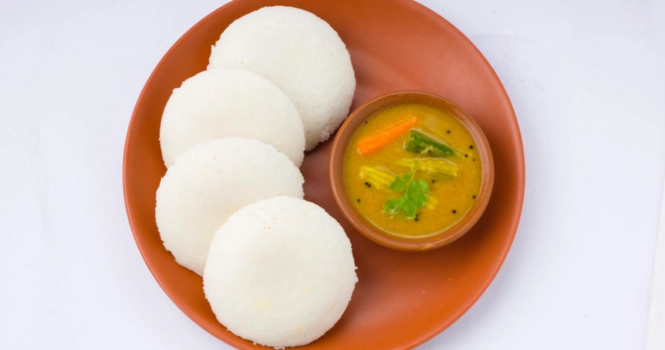
Idli is a famous South Indian food known for being tasty and healthy. It’s made from rice (Idli rice)and a type of bean called urad dal.
People who watch what they eat, like idli because it doesn’t have a lot of calories. In this article, we’re going to look at how many calories are in idli.
We’ll also talk about different kinds of idli, like Rava and Oats idli and other variations of this dish.
Calories in Different servings of Breakfast with Idlis
| Serving | Calories (Approximate) |
| 1 Idli | 39 calories |
| 2 Idlis | 78 calories |
| 3 Idlis | 117 calories |
| Idli with Sambar (1 serving) | 160 calories |
| Idli with Chutney (1 serving) | 90 calories |
| 2 Idlis and 1 Vada | 250 calories |
Can Idlis be eaten during Weight Loss?
Yes, idlis can be included in a weight loss diet. They are low in calories, contain moderate amounts of protein, and are steamed, not fried, making them a healthier choice. However, portion control and balance with other nutrients in your diet are important for effective weight loss.
Can diabetics eat Idli ?
Diabetics can eat idli, but with some considerations regarding portion size and frequency. The glycemic index (GI) of idli can be a concern, as it is typically made from white rice and urad dal, both of which can cause blood sugar levels to rise.
1. Glycemic Index: The GI of idli is generally considered medium to high, which means it can cause a quicker rise in blood sugar levels. This is especially true for idlis made from white rice. The fermentation process of the batter may slightly improve the GI, but it’s still important to be cautious.
2. Portion Control: Diabetics should pay attention to the number of idlis consumed in one sitting. Eating idlis in moderation, as part of a balanced meal that includes fiber and protein, can help mitigate blood sugar spikes.
3. Healthier Alternatives: To make idli more diabetic-friendly, one can use whole grains like brown rice or oats, which have a lower GI and higher fiber content. Adding vegetables to the idli batter can also increase its nutritional value and fiber content.
4. Accompaniments: Choosing healthier accompaniments like sambar (rich in vegetables) and high-fiber chutneys can also help balance the meal.
It’s always advisable for diabetics to monitor their blood sugar levels after eating new foods and consult with a healthcare provider or a dietitian to tailor their diet according to their individual health needs.
Comprehensive List of Calories in different varieties of idli
Basic Idli and Variations
| Serving Size | Calories (Approximate) |
| 1 Idli | 39 calories |
| 2 Idlis | 78 calories |
| 3 Idlis | 117 calories |
| 4 Idlis | 156 calories |
| 5 Idlis | 195 calories |
| 6 Idlis | 234 calories |
| 8 Idlis | 312 calories |
| 9 Idlis | 351 calories |
| 10 Idlis | 390 calories |
| Small Idli (each) | 28 calories |
| Big Idli (1) | 58 calories |
| Big Idli (2) | 116 calories |
| Mini Idli (4-6 idlis) | 120 calories |
| Homemade Idli (1) | 35 calories |
Idli with Accompaniments
| Serving Size | Calories (Approximate) |
| Idli with Sambar (1 idli) | 80 calories |
| Idli with Sambar (2 idlis) | 160 calories |
| Idli with Sambar (3 idlis) | 240 calories |
| Idli with Sambar (4 idlis) | 320 calories |
| Idli with Sambar (5 idlis) | 400 calories |
| Idli with Sambar (6 idlis) | 480 calories |
| One Plate Idli Sambar | 200 calories |
| Idli with Chutney (1 idli) | 45 calories |
| Idli with Chutney (2 idlis) | 90 calories |
| Idli with Chutney (4 idlis) | 180 calories |
| Idli with Sambar and Chutney (1 idli) | 90 calories |
| Idli with Sambar and Chutney (2 idlis) | 180 calories |
| Idli with Sambar and Chutney (4 idlis) | 360 calories |
| One Plate Idli with Sambar and Chutney | 250 calories |
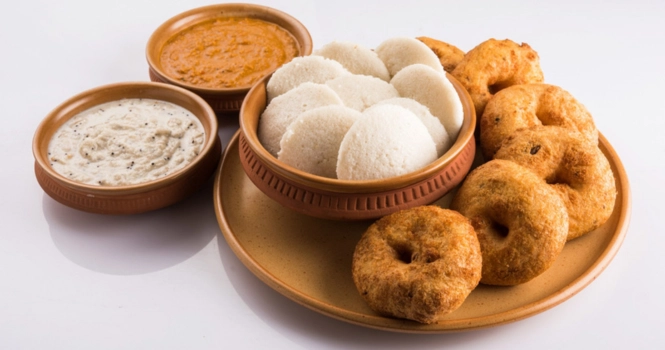
Specialty Idlis
| Serving Size | Calories (Approximate) |
| Rava Idli (1) | 45 calories |
| Rava Idli (4) | 180 calories |
| Suji Idli | 39 calories |
| Idli Rava | 35 calories |
| Thatte Idli | 70 calories |
| Ragi Idli | 35 calories |
| Oats Idli | 30 calories |
| MTR Rava Idli | 45 calories |
| Vegetable Idli | 45 calories |
| Bajra Idli | 40 calories |
| Jowar Idli | 38 calories |
| Millet Idli | 37 calories |
| Pepper Idli | 40 calories |
| Rice Idli (2 idlis) | 78 calories |
| Oats Rava Idli | 32 calories |
| Tadka Idli | 50 calories |
| Moong Dal Idli | 42 calories |
| Idli Vada (1 idli + 1 vada) | 125 calories |
| Idli Batter (100g) | 120 calories |
| Idli Fry | 150 calories |
| Idli Chaat | 200 calories |
| Chilli Idli | 220 calories |
| Ghee Idli | 100 calories |
How are Idlis Prepared?
Idlis are prepared by the Fermentation process.
Fermentation in idli is a biological process that involves the action of microorganisms to bring about desirable changes in the food’s properties.
Let’s see how Fermentation works:
Batter Composition: Idli is made from a batter consisting of ground rice and urad dal (black lentils). These ingredients are soaked, ground, and then mixed together.
Natural Microbial Inoculation: The batter does not require any artificial fermenting agents. The fermentation occurs due to natural microbes present in the ingredients and the environment. These include various strains of yeast and bacteria.
Lactic Acid Bacteria (LAB) Dominance: The predominant microbes in idli fermentation are lactic acid bacteria (LAB), particularly from the genera Leuconostoc, Lactobacillus, and Streptococcus. These bacteria ferment the sugars present in rice and dal, producing lactic acid.
Yeast Activity: Yeasts, especially from the genera Candida and Saccharomyces, are also involved. They contribute to the fermentation by producing carbon dioxide, which leavens the batter, giving idli its characteristic spongy texture.
Fermentation Environment: The process typically occurs at room temperature, ranging from 8 to 24 hours, depending on the climate. Warmer temperatures accelerate fermentation.
- Changes in Batter: During fermentation, the batter undergoes several changes:
- Acidification: The production of lactic acid lowers the pH, creating a mildly sour taste.
- Leavening: Carbon dioxide production causes the batter to rise and become fluffy.
- Nutritional Enhancement: Fermentation reduces anti-nutritional factors and enhances the bioavailability of nutrients like B-vitamins.
- Digestibility: Fermented batter is easier to digest than the raw ingredients.
End Result: After fermentation, the idli batter is steamed to cook the idlis, which are soft, spongy, and have a slightly sour flavor.
Frequently Asked Questions
Chapati and idli both have unique health benefits. Chapati, made from whole wheat, is high in fiber and keeps you full longer, making it ideal for weight management and diabetes control. Idli, made from fermented rice and urad dal, is light, easy to digest, and gut-friendly, making it a great choice for breakfast or those with sensitive digestion.
For weight loss, idli is lower in calories, but chapati provides sustained energy. Diabetics should prefer chapati due to its lower glycemic index. The best choice depends on your health goals and dietary needs.
Idli is primarily a source of carbohydrates, as its main ingredients are rice and urad dal. However, it is not “full” of carbohydrates; it also provides protein and is low in fat. The fermentation process also adds nutritional value.
Nutritional Content: Poha, made from flattened rice, is rich in iron and carbohydrates. Idli is also carbohydrate-rich but has the advantage of being steamed.
Calorie Content: Idli is generally lower in calories compared to poha, especially if poha is prepared with added nuts, seeds, and fats.
Digestibility and Glycemic Index: Idli is easier to digest due to its steamed preparation. Poha has a moderate glycemic index, similar to idli.
Both are healthy when prepared with minimal oil and can be part of a balanced diet. The choice depends on individual health goals and dietary needs.
No, idli is not considered junk food. It is a nutritious, steamed food item, low in calories and fat. It provides a good balance of carbohydrates and protein, especially when served with sambhar and chutney.
Unlike typical junk foods, idli is not processed or high in unhealthy fats and sugars.
![]()
